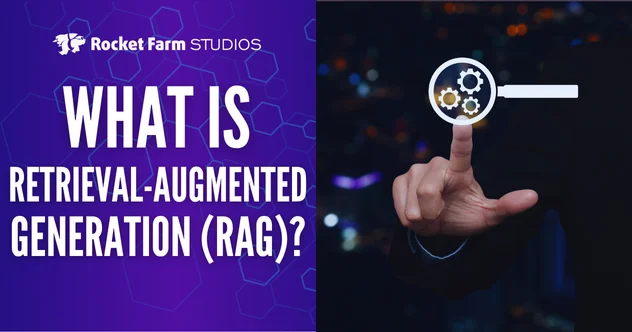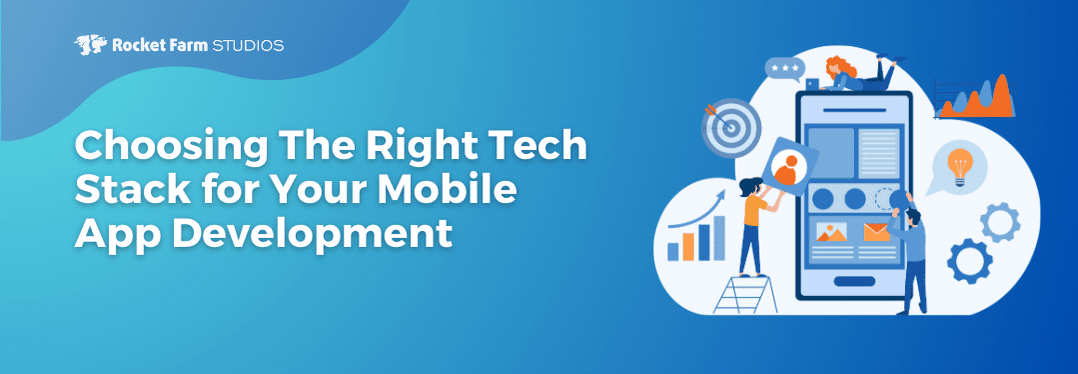Download our E-BOOK
Jul 29, 2025
by Daniel Rondeau
Discover thoughtful insights on app development, marketing, and technology. Stay informed with updates designed to inspire and support your growth.
Explore our full collection of blogs on app development, innovation, and strategy to inspire your next big move.












Insights and best practices for building high-performing apps. Explore topics on design, scalability, security, and the latest technologies shaping the app industry.
Jun 03, 2025
by Dan Katcher

Apr 29, 2025
by Will Kramer

Navigate the world of cloud computing with expert insights. Discover strategies for scalability, performance optimization, and leveraging the cloud to enhance your apps and digital solutions.
Apr 23, 2024
by Will Kramer

Sep 12, 2023
by Dan Katcher




